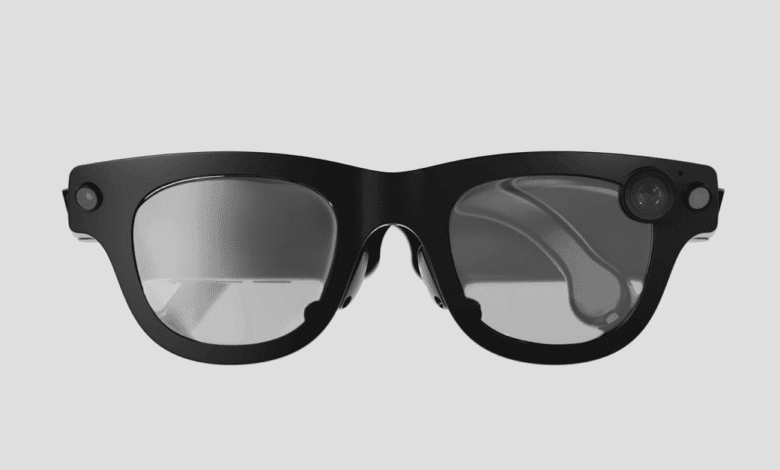Meta’s New Smart Glasses: What’s Inside?

▼ Summary
– Meta unveiled Aria Gen 2, experimental smart glasses designed for AR, AI, and robotics research, featuring an advanced eye-tracking system.
– The glasses include four computer vision cameras for 3D hand and object tracking, aiding precise tasks like robot manipulation.
– Aria Gen 2 has a photoplethysmography sensor for heart rate estimation and a contact microphone for better audio in loud environments.
– The glasses weigh 75 grams, have folding arms, and come in eight sizes, with researcher applications opening later this year.
– Meta’s initiative builds on its Ray-Ban smart glasses and includes rumored partnerships for future AR glasses like Orion and Hypernova.
Meta’s latest experimental smart glasses, Aria Gen 2, represent a significant leap forward in wearable technology research. Designed as a testing ground for augmented reality, artificial intelligence, and robotics, these glasses incorporate cutting-edge features that could eventually influence consumer products. The upgraded eye-tracking system stands out, capable of monitoring gaze direction for each eye independently, detecting blinks, and pinpointing pupil centers with remarkable accuracy.
This sophisticated eye-tracking technology opens doors to more intuitive human-computer interactions, according to Meta. The company first introduced Aria Gen 2 earlier this year, positioning it as a foundation for future innovations in computing. While not available to the public, these glasses follow in the footsteps of Meta’s 2020 research-focused model, further refining the technology for specialized applications.
Beyond eye tracking, Aria Gen 2 integrates four high-resolution computer vision cameras, enabling precise 3D tracking of hands and objects. Researchers can leverage this capability for advanced tasks, such as fine-tuning robotic hand movements. The glasses also feature a built-in photoplethysmography sensor in the nosepad, which estimates heart rate, along with a contact microphone designed to capture clearer audio in noisy environments. An ambient light sensor helps the device distinguish between indoor and outdoor lighting conditions.
Practical design improvements make Aria Gen 2 more versatile than its predecessor. For the first time, the glasses include folding arms, and they weigh just 75 grams while offering eight size options. Meta plans to invite researchers to apply for access to the glasses later this year.
This project aligns with Meta’s broader ambitions in smart eyewear, building on the success of its Ray-Ban collaboration. Rumors suggest future partnerships, including one with Oakley, as well as the development of premium “Hypernova” glasses featuring integrated displays. Each step reinforces Meta’s commitment to shaping the future of wearable augmented reality.
(Source: The Verge)





